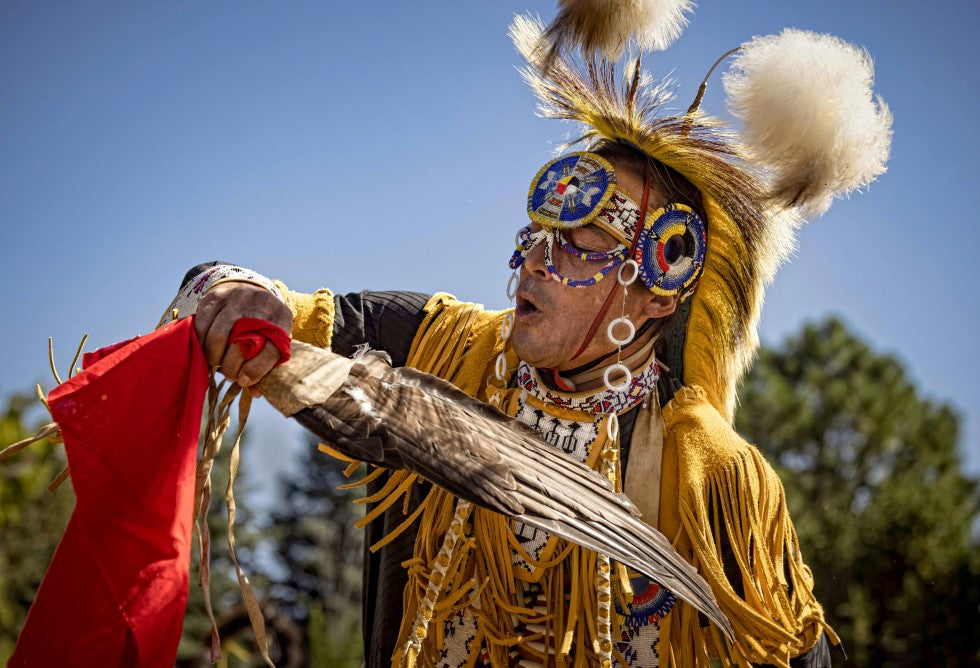
Répartis sur un vaste territoire, les Amérindiens sont constitués de nombreuses tribus différentes, chacune avec ses cultures, ses traditions et ses types de vêtements traditionnels. Cependant, malgré ces différences, il existe de nombreux vêtements et styles similaires entre les tribus.
Avant l'arrivée des commerçants et des colons, les Amérindiens devaient créer des vêtements à partir de ce qu'ils pouvaient trouver dans leur environnement naturel et développer des compétences en couture transmises de génération en génération. Nombre de ces compétences et traditions sont encore utilisées aujourd'hui par les Amérindiens.
Les vêtements traditionnels sont toujours portés lors d'occasions cérémonielles et festives. De nombreux Amérindiens mélangent également des vêtements traditionnels avec des styles plus contemporains pour un usage quotidien. Les vêtements traditionnels sont considérés comme sacrés et continuent de relier les Amérindiens à leur héritage et à leurs traditions.
Panaprium est indépendant et pris en charge par les lecteurs. Si vous achetez quelque chose via notre lien, nous pouvons gagner une commission. Si vous le pouvez, veuillez nous soutenir sur une base mensuelle. La mise en place prend moins d'une minute et vous aurez un impact important chaque mois. Merci!
Matériel de la terre

Tous les Amérindiens fabriquaient leurs vêtements à partir de ce qu'ils avaient à leur disposition dans leur environnement. Les tribus des plaines utilisaient des peaux et des fourrures de cerf et de bison pour leurs vêtements, tandis que les tribus plus au nord, dans l'Arctique, utilisaient des peaux et des peaux de phoque et de caribou pour se tenir au chaud.
Décorations sur chaque pièce
Chaque vêtement était décoré à l'aide d'éléments de la terre tels que du bois, des coquillages, des os, des piquants d'animaux et des dents. Lorsque les commerçants sont arrivés au XIXe siècle, les perles de verre ont été introduites chez les Amérindiens et sont encore aujourd'hui utilisées pour décorer leurs vêtements.
Les vêtements étaient teints à partir de minéraux, d’argiles et de plantes à proximité.
Comment leurs vêtements étaient fabriqués
Les premiers Amérindiens cousaient à la main chaque pièce de leurs vêtements, y compris les ornements et les décorations. Traditionnellement, les hommes chassaient les peaux et les tissus tandis que les femmes fabriquaient les vêtements de la tribu à partir de ces peaux.
De nombreux Amérindiens cousent et fabriquent encore à la main leurs vêtements traditionnels, en étant profondément fiers et en se connectant ainsi à leurs ancêtres et à leur héritage.
Pagne

Les pagnes étaient portés par les hommes amérindiens dans les environnements chauds. Ils étaient constitués d'un tissu attaché à une ceinture à l'avant et à l'arrière de la taille des hommes sans chemise. Également connu sous le nom de pagne, ce vêtement n'est généralement pas porté de nos jours.
Robes avec perles

De nombreuses femmes amérindiennes portaient des robes en cuir et ornées de perles. Une robe pour une femme adulte était composée de plusieurs peaux et pesait entre 13 et 16 livres.
Chaque robe était conçue sur mesure pour chaque femme et aucune robe n'était décorée de la même manière.
Motifs et symboles

Chaque vêtement est décoré de manière unique pour représenter la personne qui le porte, les différentes histoires, les symboles et les couleurs de leurs tribus uniques. Toutes les pièces ont une signification particulière pour les Amérindiens car elles rendent honneur à leur tribu et à leur famille en perpétuant leurs enseignements, leur héritage et leurs traditions.
Mocassins

Les mocassins étaient les chaussures les plus courantes des Amérindiens et sont toujours portés. Chaque tribu a sa propre façon de fabriquer et de décorer ses mocassins. De nombreux mocassins sont aux couleurs de chaque tribu et leurs décorations reflètent les histoires et les valeurs de leur tribu.
Bonnet de guerre

Aujourd'hui, le bonnet de guerre est considéré comme une pièce sacrée lors des cérémonies et des cérémonies de pouvoir. Cette coiffure est faite de plumes d'aigle, considérées comme l'un des plus grands honneurs.
Chaque plume d'aigle sur une coiffe représente un acte de courage et d'honneur ou de travail et de service à la communauté. La majorité des coiffes de guerre sont portées par des chefs et des anciens amérindiens qui ont gagné leurs plumes tout au long de leur vie.
Cafard (Coiffe)

Même si le bonnet de guerre est plus connu, les Amérindiens portaient plutôt un cafard. Un cafard est une coiffure faite de poils de porc-épic et d'autres poils d'animaux, souvent teints d'une couleur vive comme le jaune ou le rouge. Ils sont portés par les danseurs lors des pow-wow et étaient autrefois portés par les vétérans de combat.
Robe à clochettes

Une robe à clochettes est une robe aux motifs colorés, recouverte d'un tissu qui fait du bruit. Elle continue d'être portée par les femmes amérindiennes lors des danses de pow-wow. Traditionnellement, les crécelles étaient fabriquées à partir de couvercles de tabac à chiquer roulés en cônes. De nos jours, elles sont fabriquées en étain.
On pense que la robe à clochettes provient d'un rêve d'un médecin ou Medewinni qui a imaginé les robes et les chansons et qui a reçu des instructions sur la façon de les construire.
Poncho

Bien que l'on pense que les Espagnols du Brésil et du Mexique ont été les premiers à porter le poncho, on pense que les Amérindiens l'ont porté bien avant. Un poncho est facile à fabriquer et protège d'une grande variété de conditions climatiques, du soleil à la pluie, en passant par le froid et la neige.
Le poncho reste une pièce polyvalente et pratique portée par les Amérindiens dans divers endroits et climats.
Dush-Toe

Un dush-toe est un ornement pour cheveux porté par les femmes amérindiennes pendant les danses. Il s'agit d'un accessoire décoré en forme de papillon ou de sablier, souvent avec des rubans qui en descendent. Chaque dush-toe est orné de perles, d'images et de motifs uniques pour la femme.
Vêtements à rubans

Les rubans sont présents sur de nombreux vêtements des Amérindiens. Ils sont considérés comme sacrés, chaque ruban symbolisant l'identité, la résilience et la survie. Les rubans sont cousus à la main pour fabriquer des jupes, des robes et bien plus encore.
Chaque pièce fabriquée à partir de rubans représente la personne qui les porte, sa diversité et sa force uniques. Les vêtements en rubans sont toujours portés à des fins cérémonielles, lors de danses et pour les pow-wow.
Parka

Dans les climats plus froids, les Amérindiens portaient des parkas. Les Inuits, des Amérindiens du nord du Canada et de l'Alaska, furent les premiers à créer et à porter cette pièce. Traditionnellement, un parc était construit à partir de peaux d'animaux, la fourrure de l'animal étant toujours attachée à l'intérieur pour garder la chaleur.
De nos jours, de nombreux Inuits portent encore des parkas en peau et en fourrure, tandis que d’autres Amérindiens portent un hybride de tissu moderne avec une capuche en fourrure.
Sac à bandoulière

Un sac à bandoulière est une pochette en cuir que les Amérindiens portaient à l'origine pour ranger leurs objets spéciaux tels que le tabac, les pipes, les médicaments et le silex pour allumer des feux. De nos jours, hommes et femmes portent ce sac pour les courses quotidiennes, ainsi que pour les pow-wow et les cérémonies spéciales.
Ils sont souvent décorés de perles, de broderies et d'autres décorations, confectionnées individuellement pour chaque personne et chaque sac.
Cet article vous a-t-il été utile ? S'il vous plaît dites-nous ce que vous avez aimé ou n'avez pas aimé dans les commentaires ci-dessous.
About the Author: Shelby Bonner
Contre Quoi Nous Luttons
Les groupes multinationaux surproduisent des produits bon marché dans les pays les plus pauvres.
Des usines de production où les conditions s’apparentent à celles d’ateliers clandestins et qui sous-payent les travailleurs.
Des conglomérats médiatiques faisant la promotion de produits non éthiques et non durables.
De mauvais acteurs encourageant la surconsommation par un comportement inconscient.
- - - -
Heureusement, nous avons nos supporters, dont vous.
Panaprium est financé par des lecteurs comme vous qui souhaitent nous rejoindre dans notre mission visant à rendre le monde entièrement respectueux de l'environnement.
Si vous le pouvez, veuillez nous soutenir sur une base mensuelle. Cela prend moins d'une minute et vous aurez un impact important chaque mois. Merci.




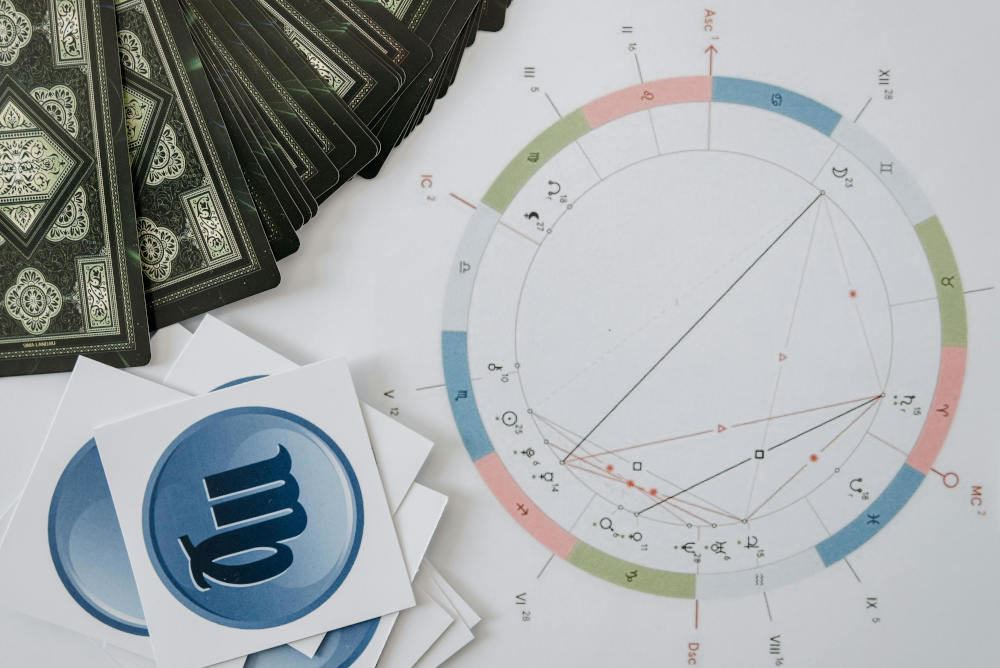
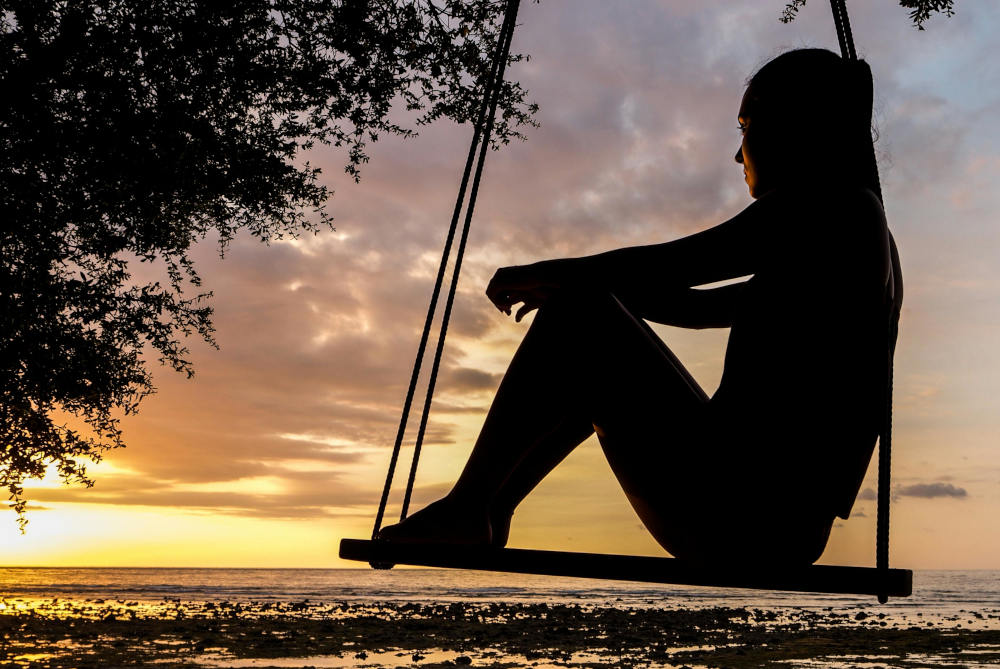


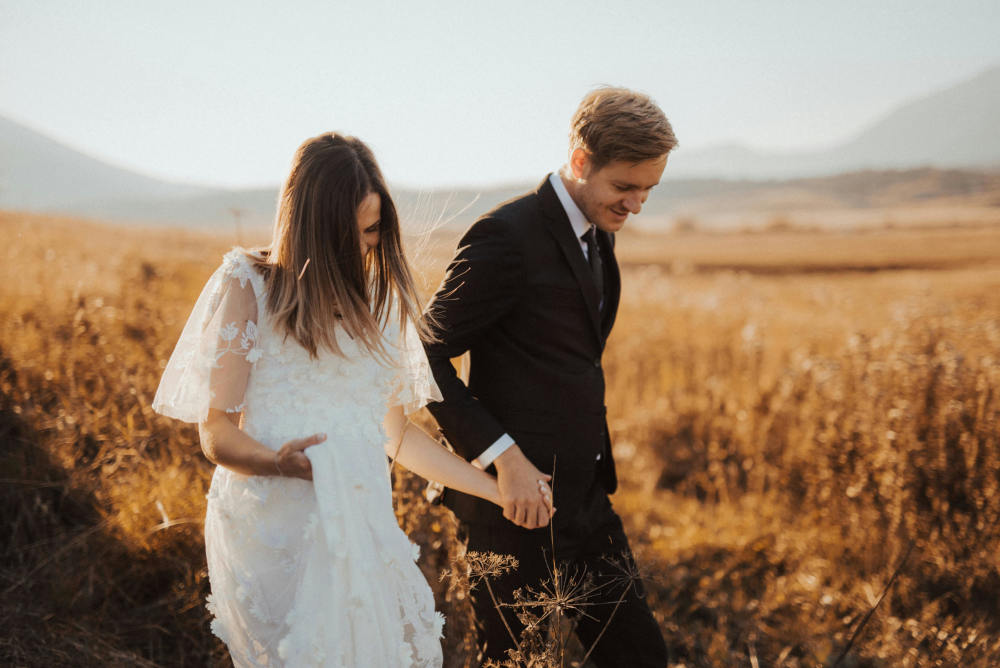
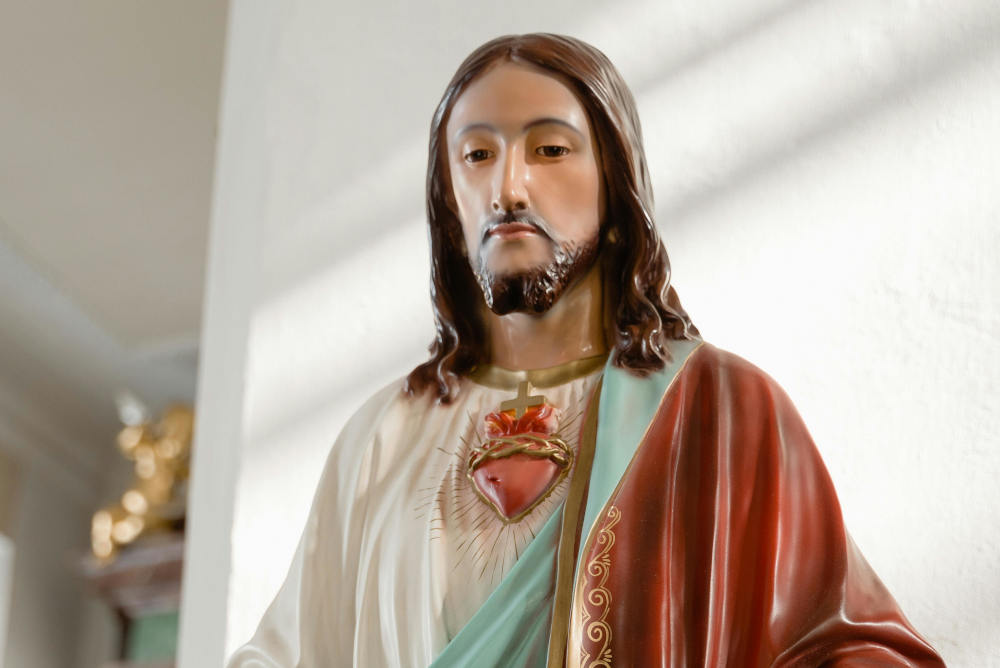
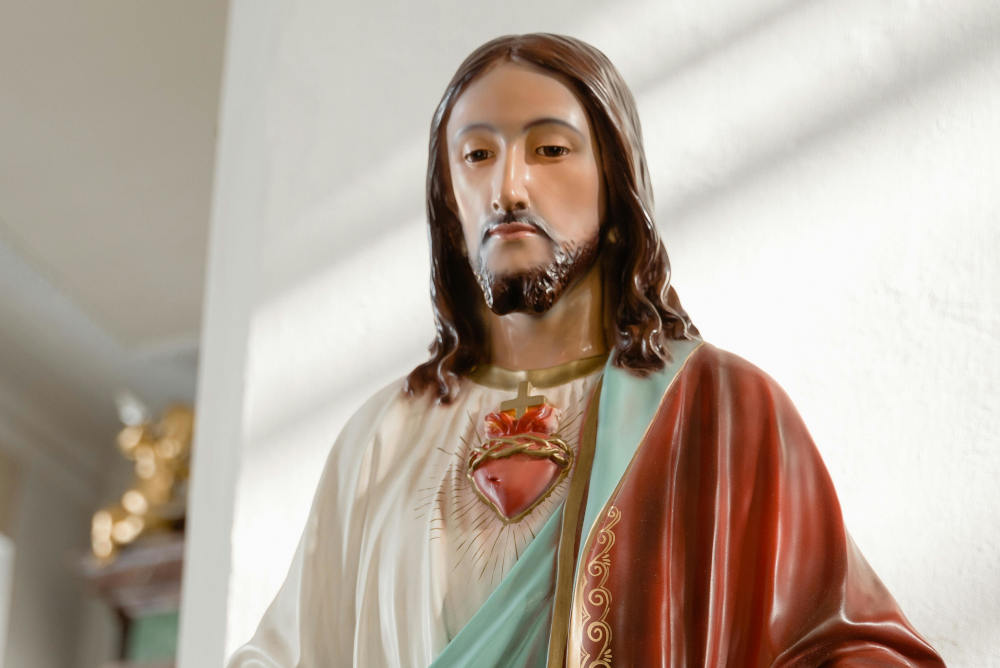
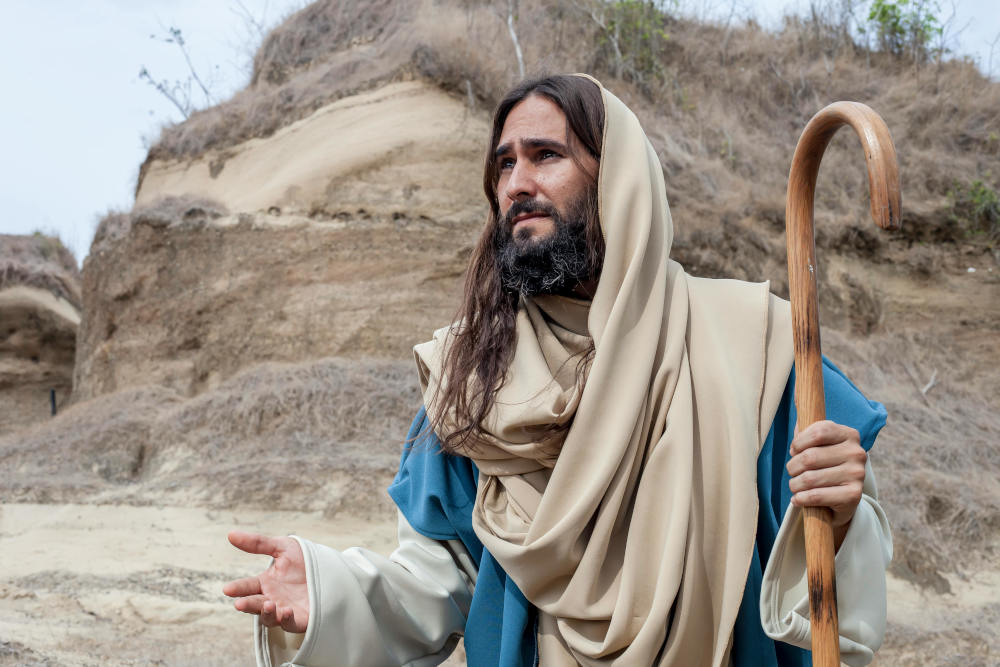
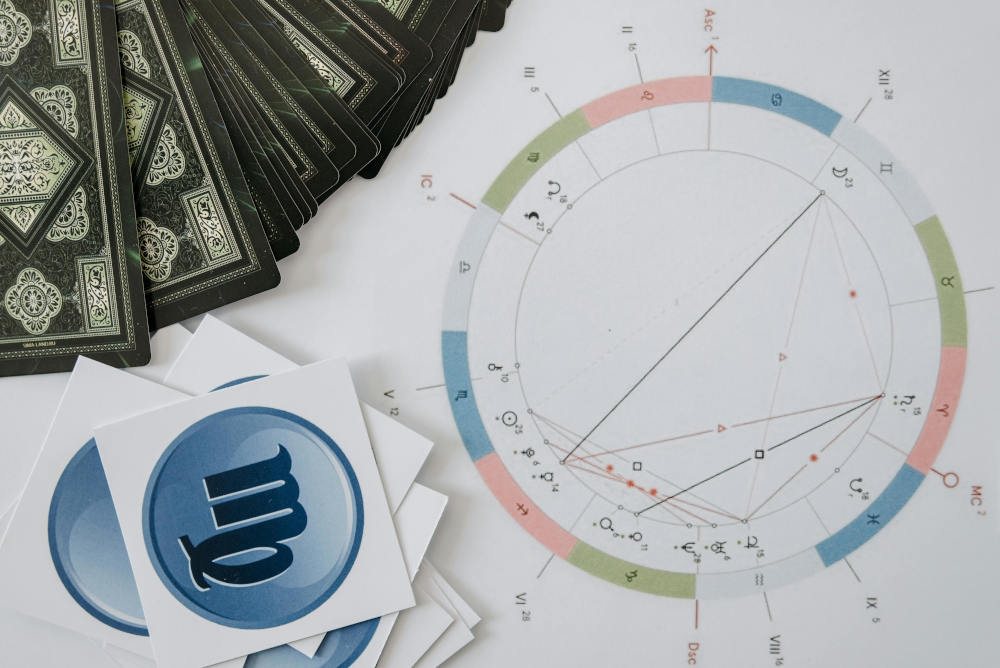

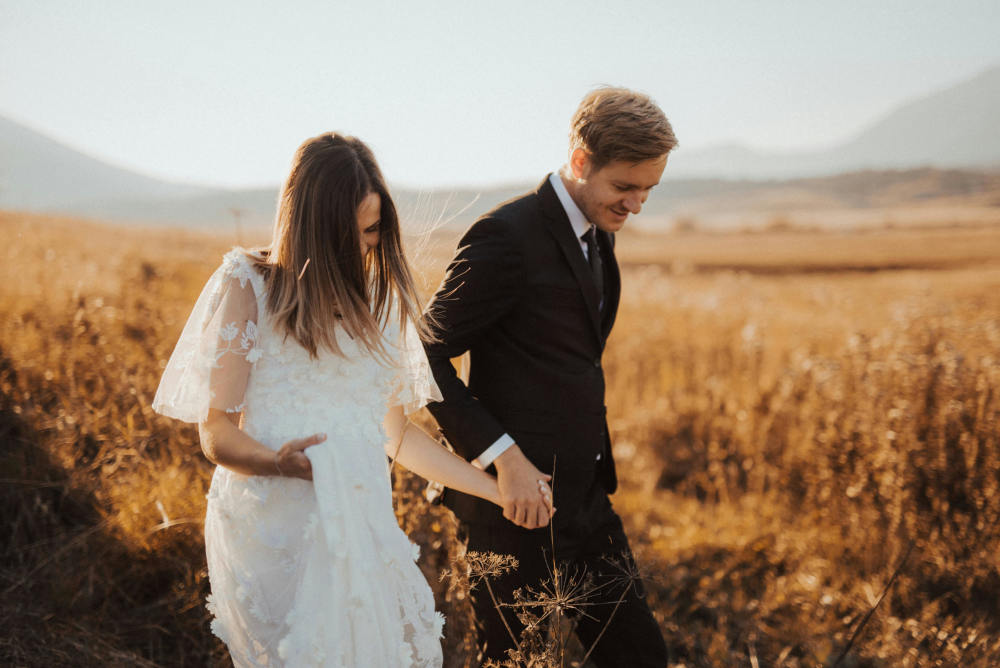
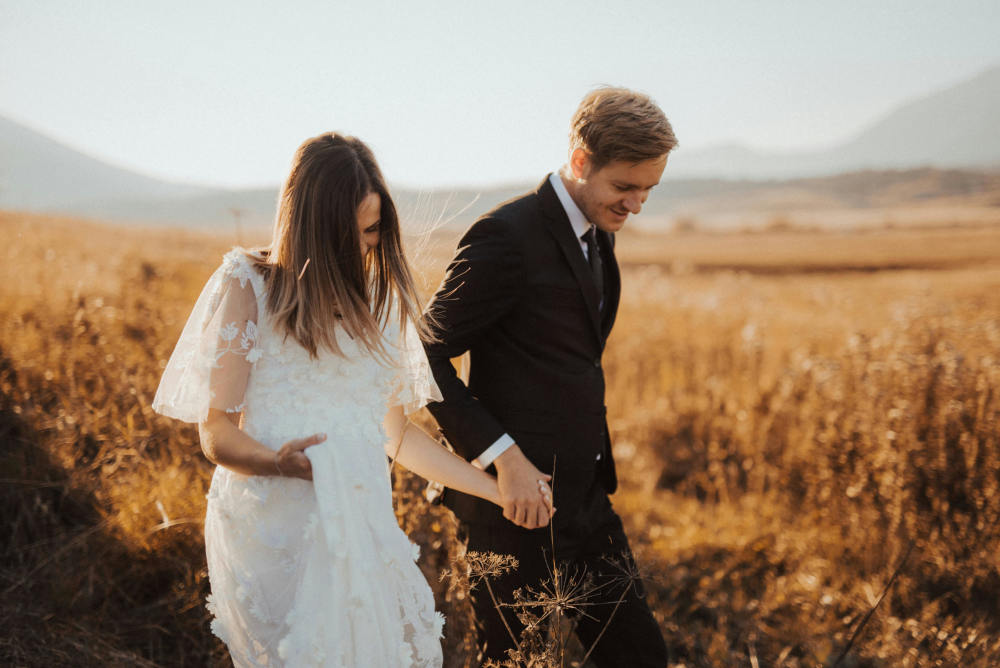
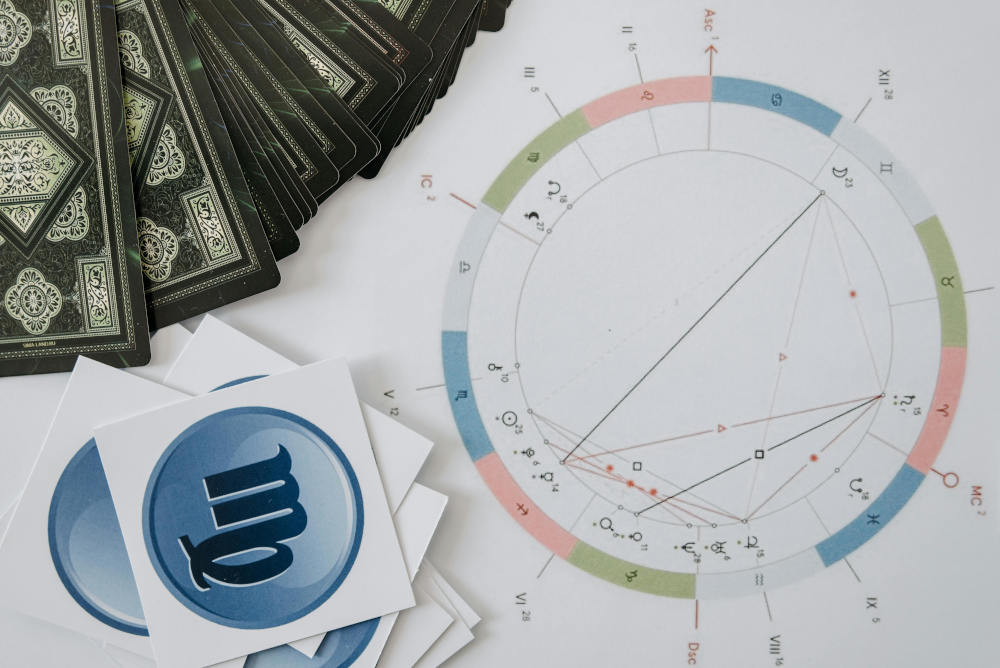









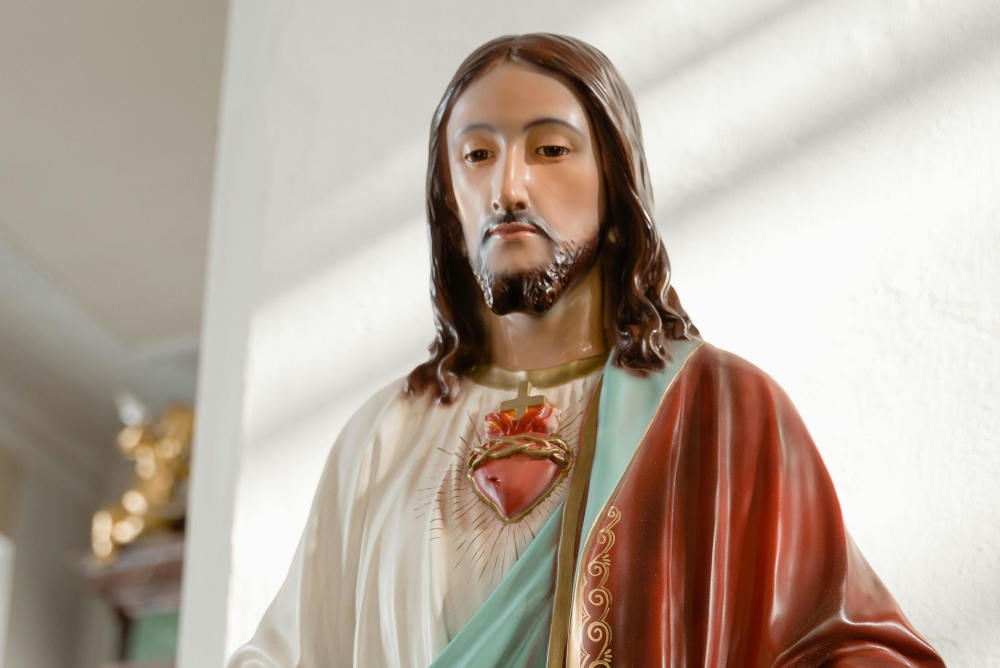

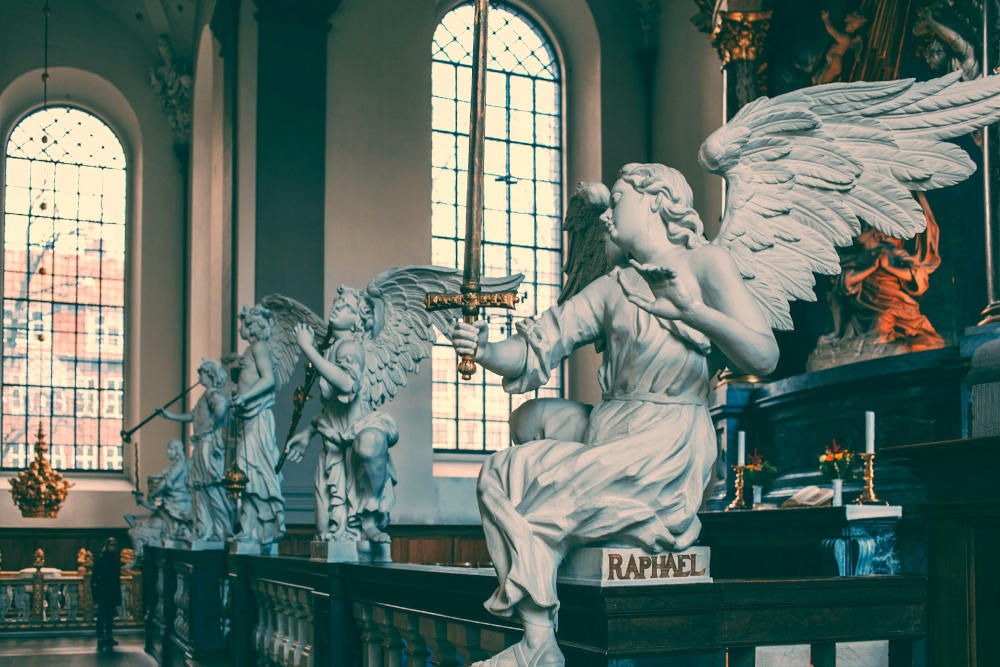


0 commentaires